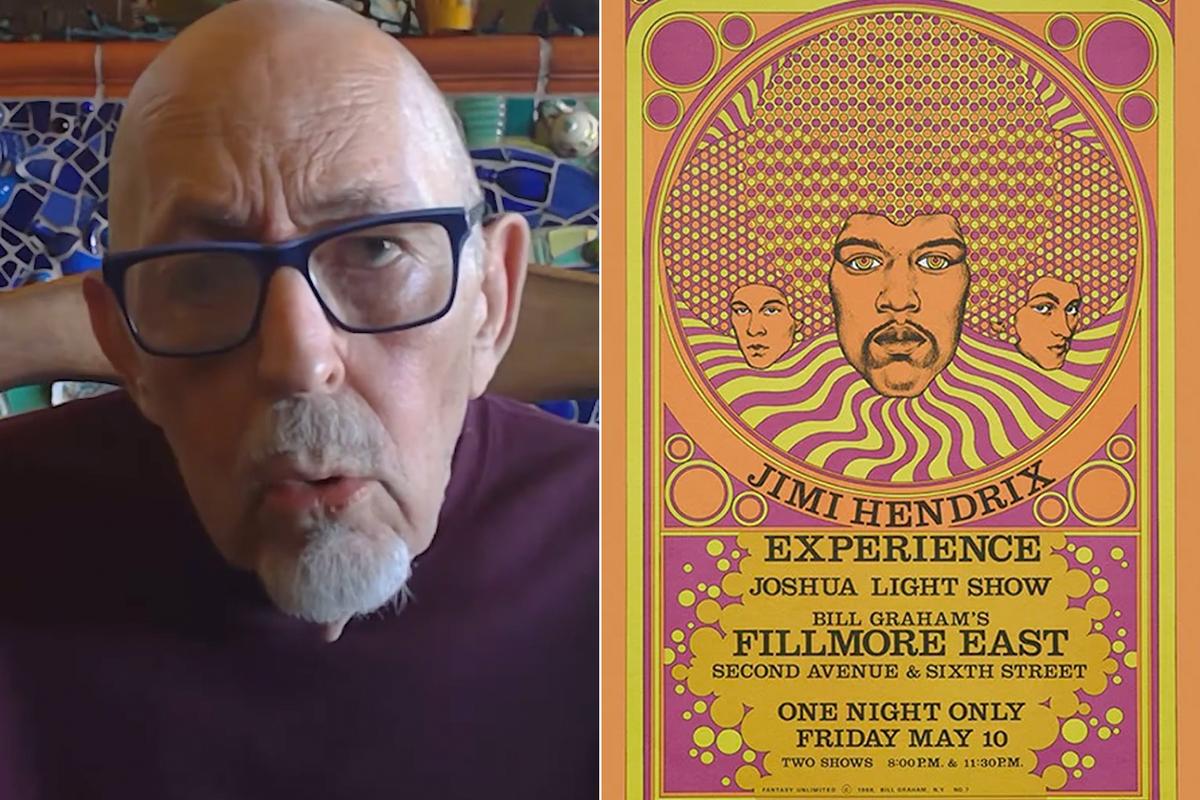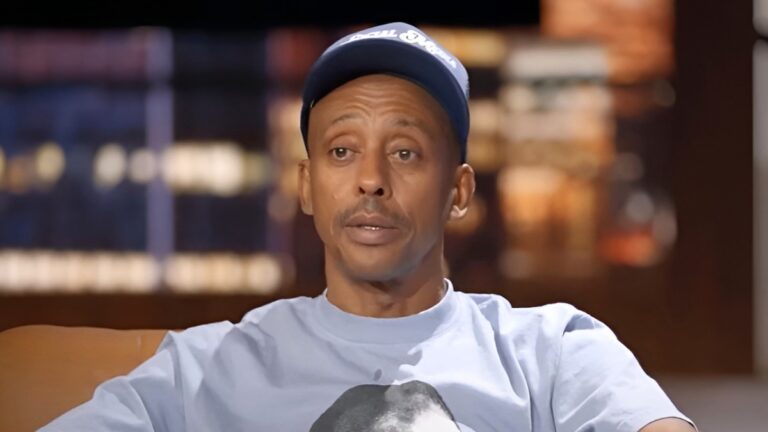Award-winning graphic artist David Edward Byrd, whose unique work helped promote Kiss, Van Halen, Jimi Hendrix, the Grateful Dead and many others has died at the age of 83.
His passing from pneumonia in an Albuquerque hospital on Feb. 3 was a complication of Covid, the New York Times reported.
His poster designs were strongly associated the Fillmore East Ballroom after he was hired by promoter Bill Graham. Byrd produced era-defining images of Jefferson Airplane, Iron Butterfly, Traffic, Ravi Shankar and others. His Jimi Hendrix Experience design was once voted the eighth best rock ’n’ roll poster of all time by Billboard magazine.
READ MORE: Captivating Tour Posters
Byrd created artwork for the Rolling Stones’ 1969 American tour and the sleeve art for Lou Reed’s 1974 album Sally Can’t Dance. His work on the packaging for the London Philharmonic Orchestra’s 1971 production of the Who’s Tommy led to a Grammy award.
He later produced the mural poster inserts for the Kiss members’ solo albums of 1978, then worked as art director for Van Halen’s 1981 Fair Warning tour. He became a staff creative with Warner Brothers, which included developing Looney Turnes and Hanna-Barbera characters, and visualization of the Harry Potter movie series.
Byrd also designed the original Woodstock poster; but when event details changed and he couldn’t be reached as he was on vacation, Arnold Skolnick was brought in instead and the original poster was never used. Byrd’s Broadway work included posters for Godspell, Jesus Christ Supererstar and Little Shop of Horrors.
In an undated interview, Byrd recalled he’d been given just a weekend to come up with the designs for the Kiss solo album posters, with the help of two assistants, one of whom was designer Arthur K. Miller.
“[W]e did this crash thing – I mean, I can’t tell you how fast we had to do these big paintings,” Byrd said. “[A]nd we had to do these montages of everybody. And then they had to interlock. … Arthur could actually imitate me, so I could do more work because he could do phony me and I would trick it up, which is an illustrator’s secret!”
Why Kiss Solo Albums Carried Cartoonish Artwork
He explained the “cartoonish” approach was out of necessity. “I had to sort of differentiate each one from the other. We had to do this really fast and we kept it really flat because we couldn’t spend a lot of time rendering or anything.”
He said of Kiss: “You know, at the turn of the [19th] century, you could go and see people executed. It was all phony, but they were shows. So Kiss was like doing that. They were recreating that whole European Grand Guignol Theatre.”
Reflecting that he’d rather have had two weeks to work on the albums, he added that he was proud of the unusual experience, and that he’d recently sold the original pencil sketches. “I think about 10 years ago we sold those to a bond trader on Wall Street, who was a Kiss fan. You know, he grew up on Kiss.”
26 Paintings That Became Album Covers
Worthy of hanging in a museum.
Gallery Credit: Allison Rapp




Leave a Comment